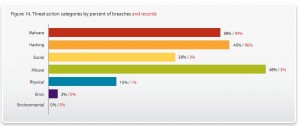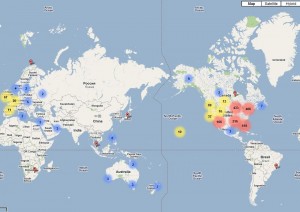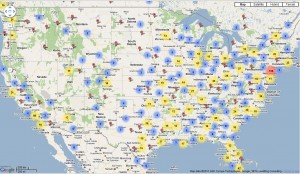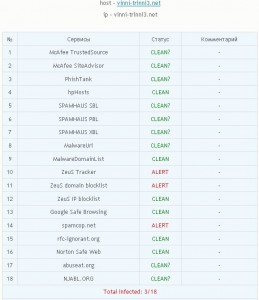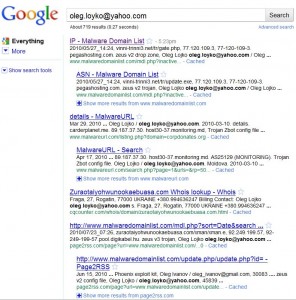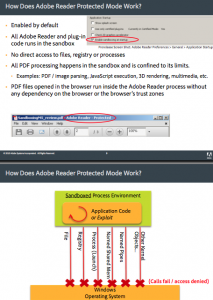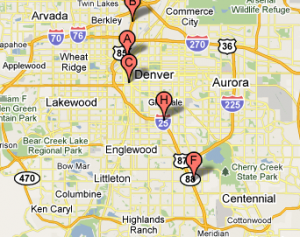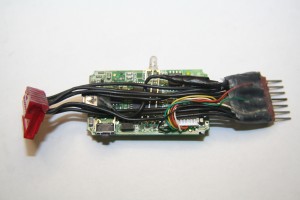Microsoft said Thursday that it will issue an out-of-band security update on Monday to fix a critical, remotely-exploitable security hole present in all versions of Windows, which the software giant says is fueling an increasing number of online attacks.
On July 15, KrebsOnSecurity.com first warned that a flaw in the way Windows processes shortcut files (those ending in “.lnk”) was being exploited by highly targeted malicious software called “Stuxnet”. Researchers learned that Stuxnet was aimed at infiltrating Windows computers running Siemens WinCC SCADA software, or machines responsible for controlling the operations of large, distributed systems, such as manufacturing and power plants.
Since then, experts have found several new variants of Stuxnet, while a growing number of more mainstream attacks have been spotted exploiting the underlying Windows flaw.
“We’re able to confirm that, in the past few days, we’ve seen an increase in attempts to exploit the vulnerability,” wrote Christopher Budd, senior security response communications manager at Microsoft, on one of the company’s TechNet blogs. “We firmly believe that releasing the update out of band is the best thing to do to help protect our customers.”
I’m looking forward to applying this fix: About a week ago, Microsoft provided a stopgap “FixIt” tool that blunts the threat from this vulnerability, but it also changes the appearance of certain icons on the Windows desktop, often making it difficult for users to tell one program from the next. For example, here’s a screen shot of my Windows 7 desktop toolbar after I applied the fix:
![]() I’ve found it fascinating to watch the speculation and hype swirl around this Stuxnet worm: Early on, the news media and pundits fixated on the notion that this was proof that other countries were planning cyber attacks on our power grid and other highly complex networks that rely on the types of SCADA systems targeted by Stuxnet. Then, about a week ago, experts began charting where in the world most victims were based. According to Symantec, roughly 60 percent of the systems infected with this family of malware were based in Iran, while computers in Indonesia and India also were hard-hit.
I’ve found it fascinating to watch the speculation and hype swirl around this Stuxnet worm: Early on, the news media and pundits fixated on the notion that this was proof that other countries were planning cyber attacks on our power grid and other highly complex networks that rely on the types of SCADA systems targeted by Stuxnet. Then, about a week ago, experts began charting where in the world most victims were based. According to Symantec, roughly 60 percent of the systems infected with this family of malware were based in Iran, while computers in Indonesia and India also were hard-hit.
One equally likely scenario that I haven’t heard suggested much yet is that perhaps we are seeing evidence of our country’s own cyber warriors probing the networks of other nations. It is notable that the first definitions that the major anti-virus firms shipped for the Stuxnet malware were issued on or around the same day as my story, and that this malware was first discovered one month earlier by VirusBlokada, a relatively tiny anti-virus firm in Belarus that said it found the worm on computers belonging to one of its Iranian customers. What’s more, it’s unlikely that a malware threat initially directed at Iran would show up on the radar of U.S.-based anti-virus makers, all of whom are prohibited by U.S. trade sanctions from selling products and services to Iran.




